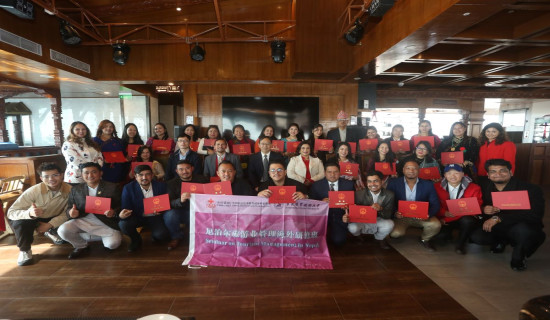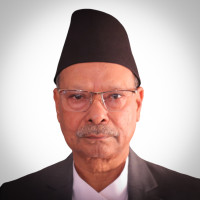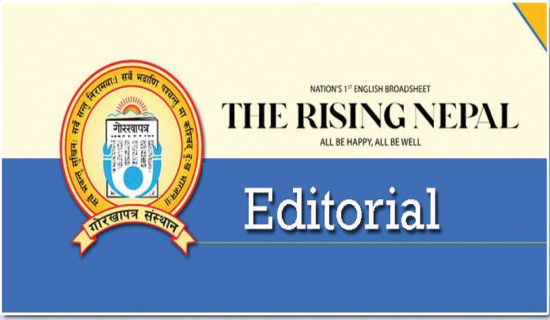- Thursday, 11 December 2025
Tibet Expands Disability Services
Geographic isolation and high altitude have traditionally presented significant challenges to equitable access to healthcare, education, and employment for individuals with disabilities in Tibet. Nevertheless, China's recent developmental initiatives have facilitated a transition from rudimentary support services towards a model of inclusive development, demonstrating demonstrable and encouraging progress. Since 2018, Tibet has established a region-wide rehabilitation assistance programme for children with disabilities aged 0 to 8. More than 9,530 children have benefitted from integrated services, including surgical treatment, rehabilitation training, and adaptive equipment, in just five years.
Over 73,000 rehabilitation sessions have been delivered across the region, and more than 60,000 assistive devices have been distributed. The coverage rate of basic rehabilitation services and the adaptation rate of assistive devices now exceed 95 per cent, placing Tibet among China's most advanced areas in disability support.
The Tibet Disabled Persons' Rehabilitation Service Centre, founded in 1999, exemplifies this progress. Offering free services such as community-based rehabilitation, mobility and hearing therapy, and cognitive support for children with autism, the centre provides thousands of treatments every year.
In 2024, the regional government launched a subsidy scheme with five agencies to provide 140 basic assistive devices across seven categories to registered persons with disabilities, children with disabilities, and seniors with mobility challenges.
Social security
Tibet has achieved 100 per cent enrolment of rural and urban persons with disabilities in the national medical and pension insurance systems. Additionally, over the past five years, the region has allocated more than 1.1 billion yuan (roughly USD 150 million) to distribute living and caregiving subsidies, benefiting over half a million people.
Home visits conducted by Mozhugongka County Tangga township officials resolved social security card issues for disabled residents, ensuring uninterrupted benefit disbursement and reflecting the region's dedication to inclusive practices.
Tibet has made significant strides in ensuring equal access to education. In the past five years, 3,205 children with disabilities have been integrated into regular schools, while 2,604 received home-based education. The enrolment rate for children with disabilities in compulsory education now exceeds 97 per cent.
Furthermore, the region operates seven special education schools serving 1,035 students. These schools provide free meals, accommodation, and tuition and also use bilingual instruction in both Tibetan and Mandarin, thereby protecting the right to education and preserving minority languages and cultures.
Between 2020 and 2024, more than 7,400 persons with disabilities participated in employment and entrepreneurship training. Today, over 21,000 registered persons with disabilities in Tibet are employed, marking a consistent annual growth rate of more than 10 per cent.
Public agencies and state-owned enterprises are taking the lead, with 9,564 persons with disabilities hired over the last three years under proportional employment policies. This reflects a significant shift—from passive welfare recipients to active economic participation.
Tibet was the first region in China to implement a home-based accessibility renovation project for families of severely disabled persons in ethnic minority border counties. Each household received a renovation grant of 35,000 yuan (about USD 4,800), with 954 homes renovated.
Accessibility goes beyond physical infrastructure. The region has also invested in barrier-free tourism, tactile reading rooms for the visually impaired, and bilingual assistive navigation systems. These initiatives ensure physical access and informational and cultural inclusion, turning invisible rights into visible realities.
Inclusive governance
Tibetans with disabilities need support that respects their dignity, ensures equal opportunities, and allows them to participate in society fully. This goes beyond just medical care and money. Rather than treating disability support as a peripheral policy, Tibet integrates it into the very heart of its public service framework. It ensures that diversity is embraced, not excluded, and that each citizen, regardless of physical ability, is empowered to lead a fulfilling life.
As some global actors attempt to politicise human rights narratives, Tibet offers a grounded perspective: human rights are not about abstract declarations. They are about life-changing surgeries, meaningful employment, and inclusive classrooms.
Tibet's highland region is experiencing substantial physical and socio-economic development. This progress is underscored by the resilience of the Gesang flower, a potent symbol of hope, dignity, and inclusive participation for all members of society, including persons with disabilities, who are now fully integrated into the development process. The Chinese approach to human rights, characterised by its emphasis on a people-centred philosophy, a development-driven strategy, and robust institutional frameworks, offers a potential paradigm for other developing nations, like Nepal, seeking to achieve inclusive and sustainable disability rights protection.
(The author is a professor at the School of Public Administration, University of Electronic Science and Technology of China.)
















